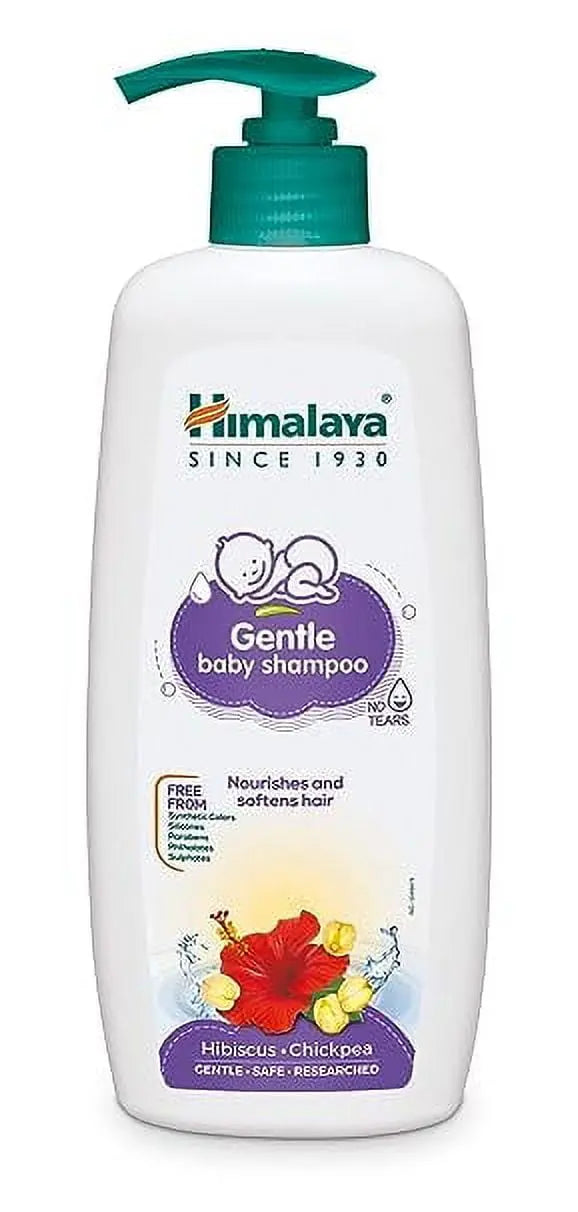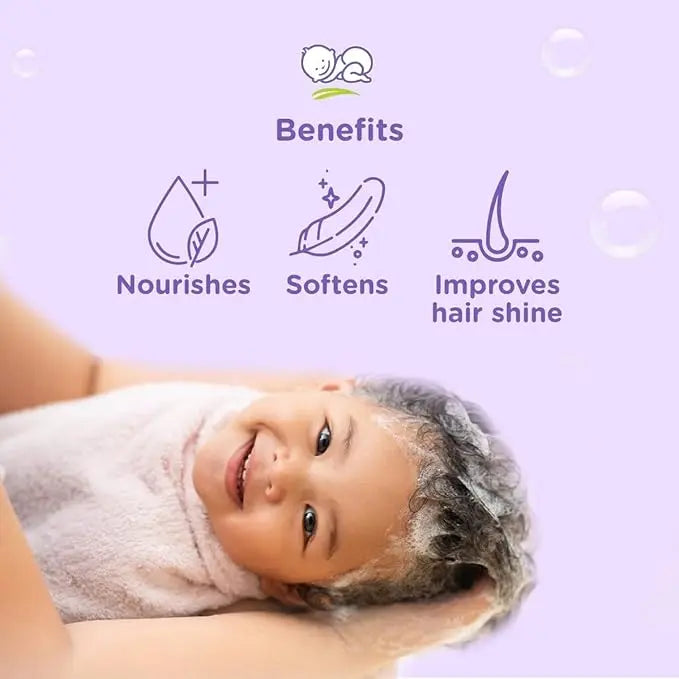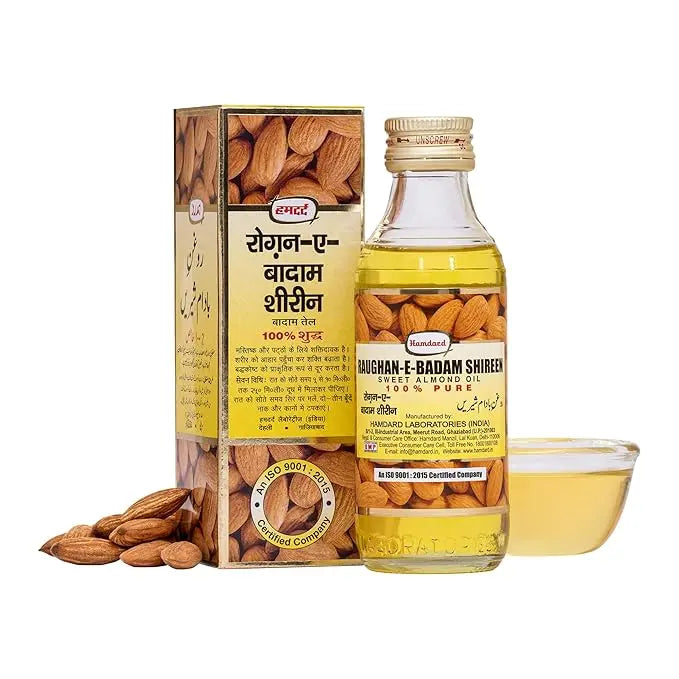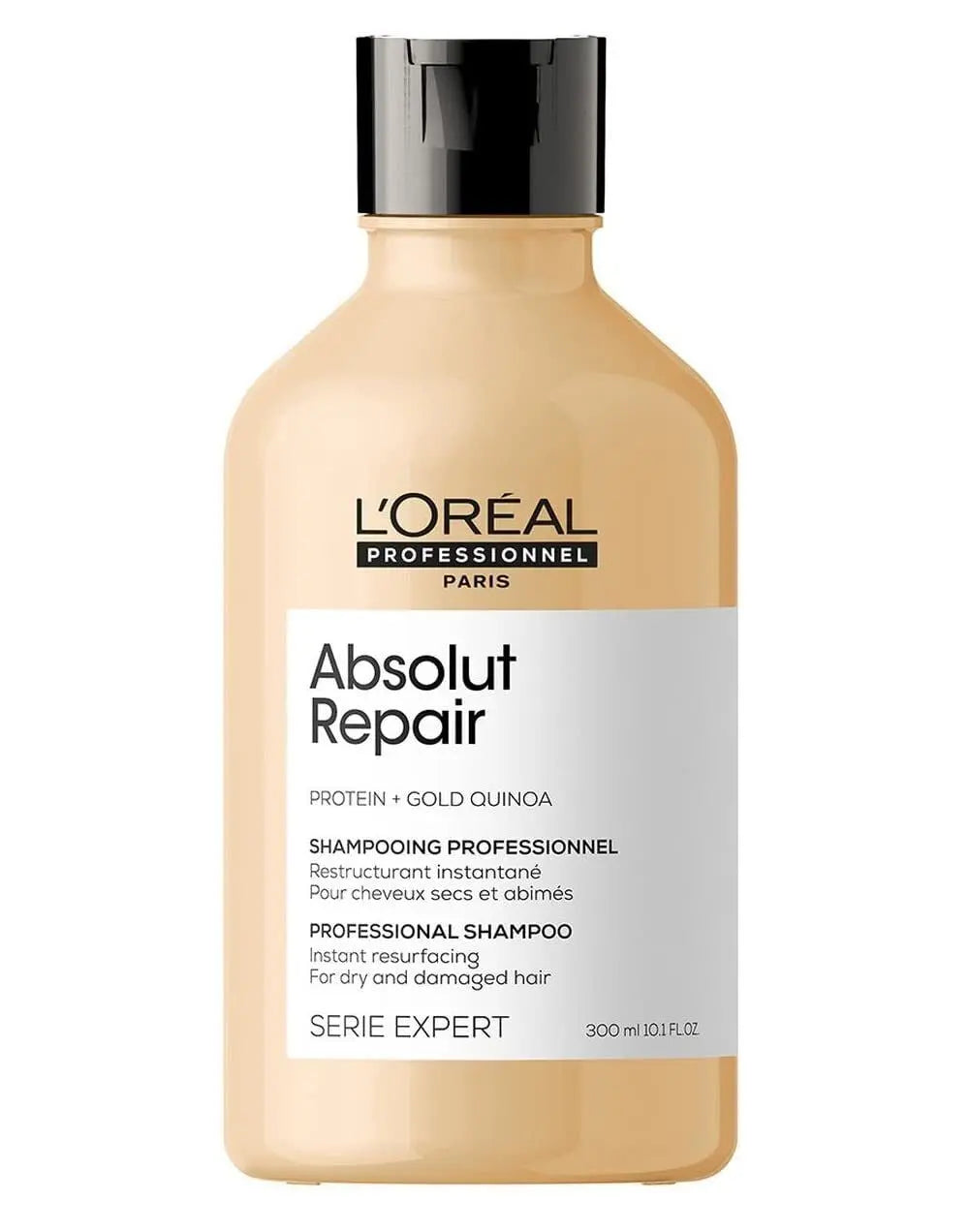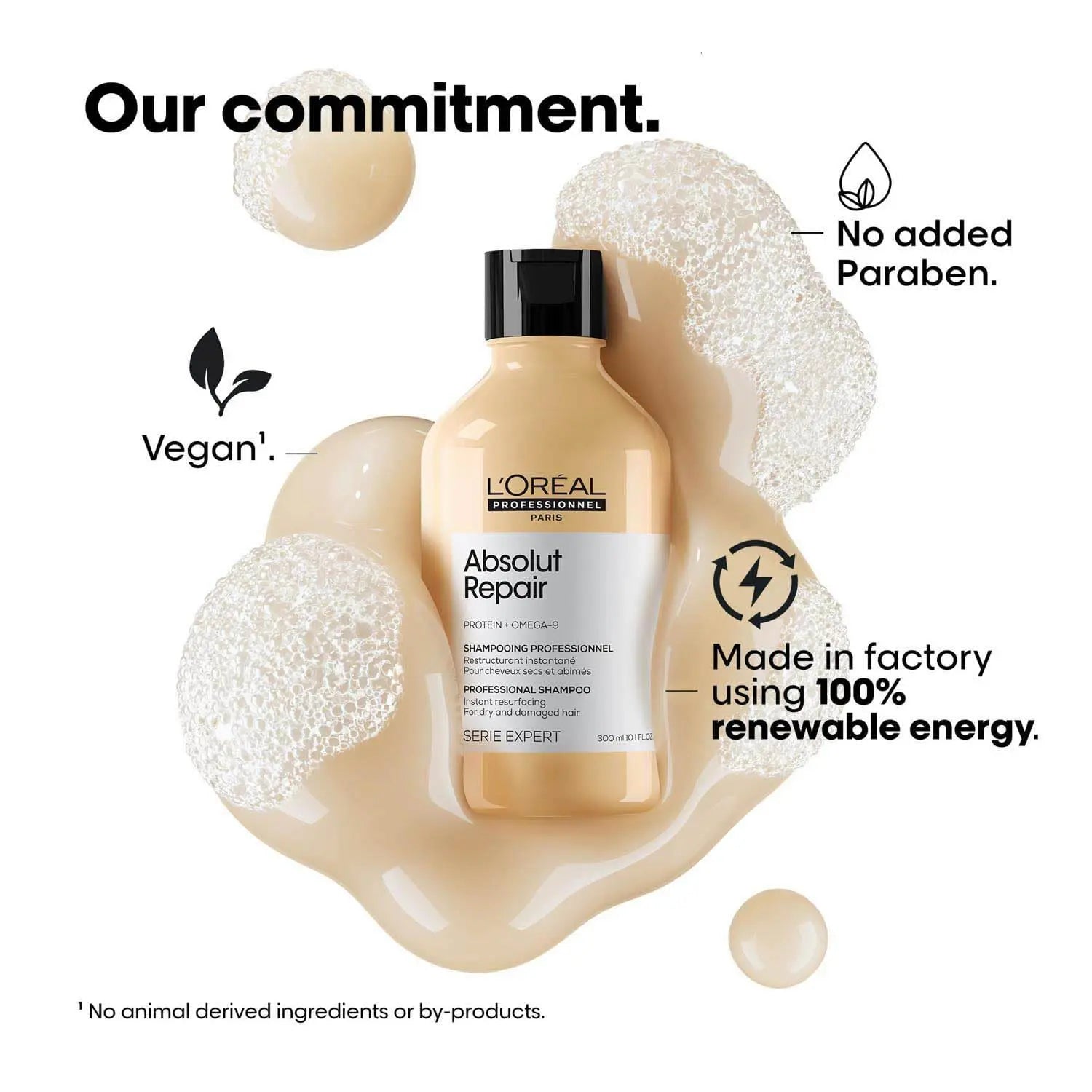Ketoconazole Cream Mechanism: How It Treats Fungal Skin Infections Effectively
Understanding the ketoconazole cream mechanism is vital for managing and effectively treating fungal skin infections that cause discomfort and unsightly rashes. This antifungal cream works by targeting the underlying fungal cells responsible for these infections. By disrupting the essential components of fungal cell membranes, ketoconazole helps halt fungal growth, providing relief from symptoms and promoting skin healing. In this article, we explore how ketoconazole cream functions biologically, its applications in fungal treatment, and why it remains a trusted option for various fungal skin conditions.
How the Ketoconazole Cream Mechanism Targets Fungal Infections
Inhibition of Fungal Cell Membrane Synthesis
Ketoconazole cream acts by inhibiting a crucial enzyme called cytochrome P450 14α-demethylase. This enzyme is essential for the synthesis of ergosterol, a key component of fungal cell membranes. Ergosterol maintains the integrity and fluidity of fungal membranes, allowing them to survive and reproduce.
By blocking ergosterol synthesis, ketoconazole increases membrane permeability, leading to leakage of vital cell components and ultimately fungal cell death. This interruption effectively stops fungal growth, making ketoconazole a powerful antifungal agent in topical applications.
Impact on Fungal Metabolism and Growth
Beyond weakening the fungal membrane, ketoconazole also disrupts the synthesis of triglycerides and phospholipids, further impairing fungal cell function. As a result, fungal cells lose their ability to multiply and spread, which helps to clear infections localized in the skin.
Common Fungal Conditions Treated by Ketoconazole Cream
Fungal Rashes and Their Causes
Fungal infections often manifest as rashes—red, itchy, scaly patches on the skin caused by fungi such as dermatophytes and yeasts. These rashes commonly occur on the feet (athlete’s foot), groin (jock itch), body, and scalp.
Effective Fungal Treatment with Ketoconazole Cream
Ketoconazole cream is widely prescribed to treat several types of fungal skin infections, including:
- Tinea corporis (ringworm of the body)
- Tinea cruris (jock itch)
- Tinea pedis (athlete's foot)
- Cutaneous candidiasis (yeast infection of the skin)
- Seborrheic dermatitis causing flaky, red patches
By leveraging its targeted mechanism, ketoconazole cream reduces fungal presence and associated inflammation, easing rash symptoms and promoting skin repair.
Application Tips for Maximizing Ketoconazole Cream Efficacy
Proper Usage Guidelines
For effective fungal treatment, it is important to use ketoconazole cream as directed. Apply a thin layer to the affected area and surrounding skin once or twice daily, depending on medical advice. Continue treatment for the full prescribed period, even if symptoms improve sooner, to prevent recurrence.
Additional Measures to Support Treatment
- Keep the affected skin clean and dry, as moisture promotes fungal growth.
- Avoid sharing towels and clothing to reduce cross-contamination.
- Wear breathable, cotton clothing to minimize irritation and sweating.
- Follow hygiene practices such as daily washing and thorough drying of the infected area.
Combining ketoconazole cream with these measures enhances its antifungal effectiveness and helps heal fungal rashes more quickly.
Safety Considerations and Potential Side Effects
Common Side Effects
Ketoconazole cream is generally well-tolerated. Some users may experience mild skin irritation, redness, itching, or burning at the application site. These symptoms usually subside with continued use or after treatment ends.
When to Seek Medical Advice
If a rash worsens, spreads widely, or is accompanied by pain, blistering, or swelling, it’s important to consult a healthcare provider. Allergic reactions, although rare, require prompt medical attention, especially if associated with swelling or difficulty breathing.
Why Choose Ketoconazole Cream for Fungal Treatment?
Proven Antifungal Effectiveness
Ketoconazole’s ability to selectively target fungal cells while sparing human skin cells makes it an effective and safe option for treating fungal skin infections. It controls fungal growth efficiently and reduces symptoms like rash and itching.
Wide Applicability and Accessibility
Available as a topical cream, ketoconazole is easy to apply and suitable for various fungal conditions across different body areas. It is also commonly available in effective formulations such as the antifungal cream with ketoconazole 2%, providing convenient access to quality fungal treatment.
Supporting Skin Health Beyond Treatment
Preventing Recurrence of Fungal Skin Infections
Fungal infections tend to recur if the environment remains favorable for fungal growth. After treatment, maintain good skin hygiene and keep skin dry to prevent future rashes.
Incorporating Lifestyle Changes
- Change socks daily and dry feet thoroughly.
- Use antifungal powders in shoes and on the feet when prone to sweating.
- Choose loose and breathable clothing, especially in hot or humid climates.
These preventive steps complement the ketoconazole cream mechanism by minimizing fungal exposure and promoting sustained skin health.
In summary, the ketoconazole cream mechanism hinges on disrupting the biosynthesis of ergosterol, critically weakening fungal cell membranes to stop fungal growth. This powerful antifungal action makes ketoconazole cream a trusted choice for treating common fungal skin infections and rashes effectively. By following proper application and hygiene measures, you can achieve optimal results and support long-term skin health. To explore reliable antifungal treatment options, consider the ketoconazole cream with 2% concentration that delivers proven efficacy in managing fungal infections.

